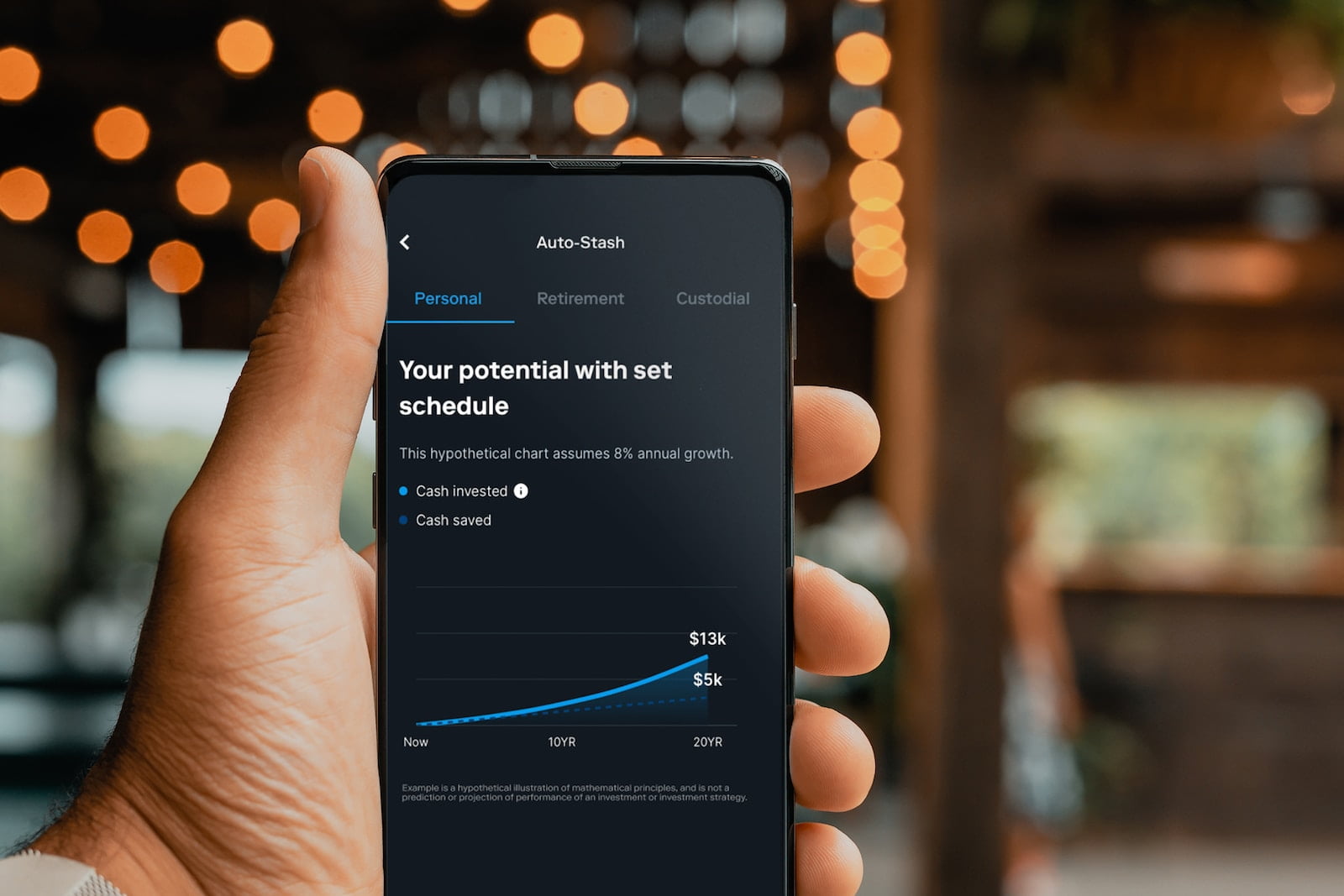Liquidity providers are integral participants in financial markets, serving as the backbone that ensures smooth and efficient trading. These entities play a pivotal role in maintaining liquidity, facilitating price discovery, and supporting the overall functioning of markets. In this article, we will delve into the world of liquidity providers, exploring their functions, significance, and the impact they have on various financial markets.
Understanding Liquidity Providers
Liquidity providers are individuals, institutions, or entities that offer buy and sell orders for financial assets in the market, aiming to create a liquid environment for trading. They are willing to both buy and sell assets, and their actions provide depth and stability to the market by offering constant liquidity.
Key Functions of Liquidity Providers
Liquidity providers fulfill several crucial functions within financial markets:
Facilitating Trading: They enhance the ease and efficiency of trading by ensuring that there are always buyers and sellers in the market, reducing the risk of price gaps and delays in execution.
Price Discovery: Liquidity providers contribute to price discovery by continuously updating their bid and ask prices. Their participation helps determine fair market prices.
Reducing Spread: They help narrow bid-ask spreads, which is the difference between the highest price at which a buyer is willing to purchase an asset (bid) and the lowest price at which a seller is willing to sell (ask). A narrower spread benefits traders by reducing transaction costs.
Risk Management: Liquidity providers often have strategies in place to manage their risk exposure. They may hedge their positions in other markets or use various risk management techniques to mitigate potential losses.
Market Stability: Their presence in the market helps maintain stability, especially during times of heightened volatility when sudden imbalances between buyers and sellers can occur.
Types of Liquidity Providers
Liquidity providers can take various forms depending on the market and asset class:
Market Makers: These are financial firms or individuals that continuously quote both buy and sell prices for a particular asset, essentially making a market for that asset. Market makers aim to profit from the bid-ask spread.
High-Frequency Traders (HFTs): HFTs are algorithmic traders that execute a large number of trades at high speeds. They provide liquidity by participating in the market and capturing small price differences.
Institutional Investors: Large financial institutions, such as banks, hedge funds, and asset managers, can also act as liquidity providers when they are willing to buy or sell significant quantities of assets.
Retail Traders: Individual retail traders can also serve as liquidity providers, especially in markets where the participation of retail investors is significant.
Exchange Market Makers: Exchanges themselves often act as liquidity providers by offering continuous bid and ask prices for the assets traded on their platforms.
Significance of Liquidity Providers
The presence of liquidity providers is essential for the efficient functioning of financial markets. Here’s why they are significant:
Price Efficiency: Liquidity providers help ensure that prices in the market accurately reflect supply and demand. This price efficiency benefits all market participants.
Lower Transaction Costs: Narrow bid-ask spreads resulting from liquidity providers’ actions lead to lower transaction costs for traders and investors.
Market Access: Liquidity providers make it possible for traders to buy or sell assets at any time, providing access to markets regardless of the trader’s size or location.
Market Stability: They contribute to market stability by absorbing excess supply or demand, reducing the likelihood of extreme price swings.
Market Depth: Liquidity providers add depth to the market, allowing for the execution of large trades without significantly impacting prices.
Challenges and Risks for Liquidity Providers
While liquidity provision can be profitable, it is not without challenges and risks:
Market Risk: Liquidity providers are exposed to market risk, as sudden and unexpected price movements can result in losses.
Regulatory Risks: Regulatory changes can impact the operations and profitability of liquidity providers, particularly in heavily regulated markets.
Competition: The presence of multiple liquidity providers in a market can lead to intense competition, potentially reducing profit margins.
Technology Risk: High-frequency and algorithmic trading strategies require sophisticated technology, making liquidity providers vulnerable to technical failures and system glitches.
Counterparty Risk: Liquidity providers are exposed to counterparty risk when trading with other market participants. This risk includes the possibility of defaults by trading counterparts.
The Evolution of Liquidity Provision
Liquidity provision has evolved significantly over the years, driven by advancements in technology and changes in market structure:
Electronic Trading: The shift from traditional open outcry trading to electronic trading platforms has transformed the way liquidity is provided and accessed.
Algorithmic Trading: The rise of algorithmic trading strategies has enabled liquidity providers to offer quotes and execute trades with remarkable speed and efficiency.
High-Frequency Trading: High-frequency trading firms have become prominent liquidity providers, dominating trading volumes in some markets.
Globalization: Advances in technology have allowed liquidity providers to operate in global markets, offering liquidity around the clock.
Regulation: Regulatory changes have influenced the behavior and strategies of liquidity providers, with some regulations aimed at enhancing market transparency and fairness.

+ There are no comments
Add yours